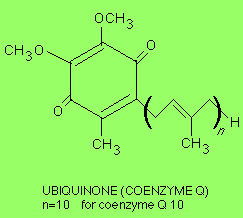
Coenzyme Q10 and related ubiquinones were first discovered in 1955 by RA Morton and associates in Liverpool, England. F.L. Crane and colleagues extracted and isolated ubiquinone from mitochondria and dubbed the term coenzyme Q.The number of side chain isoprenoid units determines the nomenclature. Coenzyme Q6 is found in bacteria whereas CoQ10 is found in mammalian mitochondria. CoQ10 is one part of complex series of reactions that occur within mitochondria -- ultimately linked to the generation of energy within a cell.
With virtually all cofactors and vitamins, deficiency results in poor athletic performance and/or disease. However, in a population of healthy, exercising adults in the U.S. it is rare to find vitamin deficiencies. The concept that, "more vitamin intake will improve performance" has been around a long time. It seems that every time a new factor or biochemical mechanism is discovered, a new product quickly finds its way to the store shelves. Coenzyme Q10 (Co Q10) is one of several important mitochondrial enzymes required for electron transport, and is thus a critical part of the process of generating energy within cells. Supplementation with Co Q10 has occurred for over a decade, despite the lack of firm evidence to support its role a reputed performance enhancer.To investigate the effects of Co Q10 supplementation it is necessary to look at some of the scientific literature published over the past 10 years. The studies differ in their methods and type of athlete being studied, but all have small sample sizes. These small numbers limit the power of these studies and make far reaching conclusions difficult. Additionally, the studies don’t always agree.
A 1997 study from Finland, which looked at 25 elite cross-country skiers, found significant improvement in physical performance and subjective impressions of the quality of training. Although the results of this study look good – almost too good to be true – there are a few points to consider. First, although it was a placebo controlled trial no effort was made to determine if the skiers were able to tell placebo from the "real" supplement. More rigorous studies often include a post-test questionnaire, because the results of any study will be greatly influenced if athletes are able to identify the placebo and the test supplement. In this study the athletes’ performance dropped on placebo versus baseline exercise testing. Placebo should make no difference, unless the athletes’ figured out it was placebo. A second point is that other studies have failed to demonstrate performance enhancement with Co Q10
.A 1999 study looked at supplementation with Co Q10, vitamin E, and vitamin C. For the seven well trained male triathletes examined there was no change in VO2 max, muscle energy metabolism, or muscle fatigue in the supplement group versus placebo. Another study from 1996 looked at untrained middle-aged men and found no improvement in exercise capacity with Co Q10 supplementation, although the supplemented group felt more "vigorous". Finally, going back to 1992, a study sponsored by a company that sells a "coenzyme athletic performance system" -- consisting of Co Q10, vitamin E, cytochrome C, and inosine – tested 11 highly trained male triathletes. This study used an interesting exhaustive performance test, which consisted of 90 minutes of treadmill running (70% VO2 max) followed by cycling (70% VO2 max) until exhaustion. Much to the company’s dismay there were no benefits versus placebo. Not surprisingly, the company has criticized this study as "flawed".
The bottom line is that the jury is still out on Co Q10 -- although it doesn’t look particularly promising. Additionally, although probably harmless in the doses commonly taken, no one has looked at safety. Clearly, well-designed studies with larger numbers of athletes are needed before definitive statements can be made regarding Co Q10 supplementation. A healthy dose of cynicism is probably the best approach to the supplement issue in general. This is a big dollar industry that often uses "junk" science or misleading statements to sell products. Fads come and go, and there is money to be made, but too often the end result is, as one national-level coach recently stated, "Workout facilities in the U.S. produce the most vitamin enriched sewage in the world."

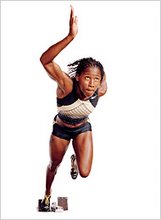
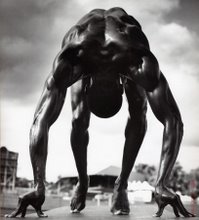




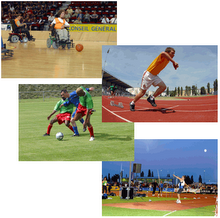
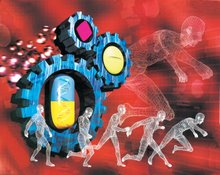




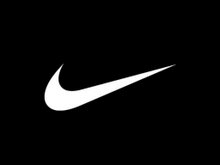



Hiç yorum yok:
Yorum Gönder